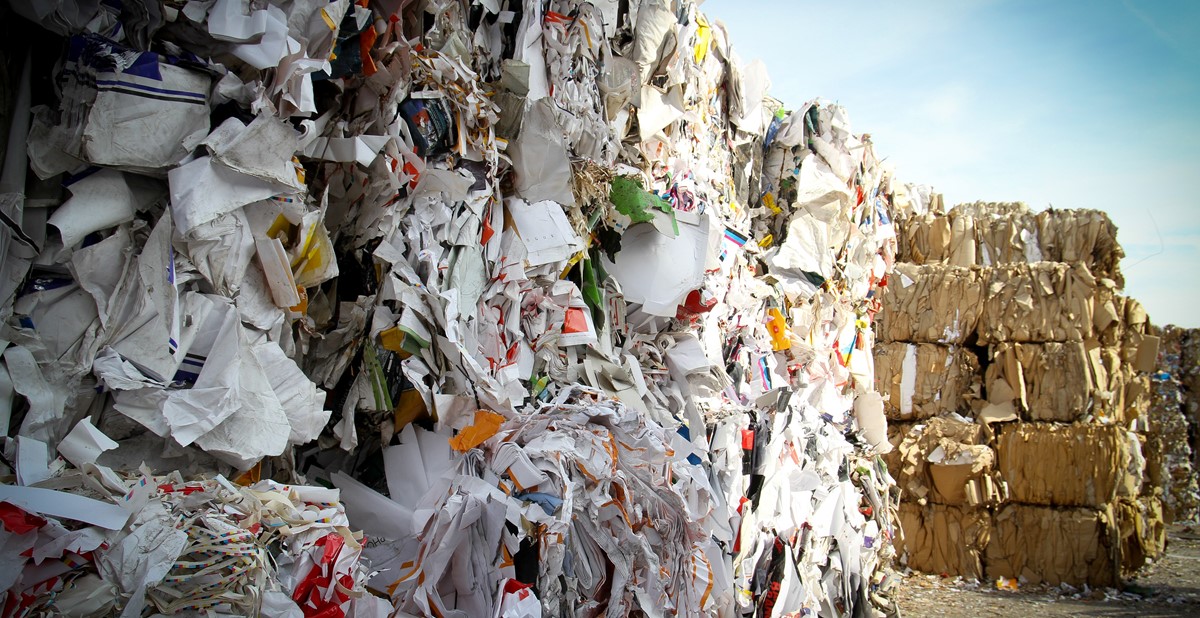Market Share: The Plight To Recycle Food-Service Plastics Demands Focus

In the promotional products industry and others, the pressure is mounting for businesses to integrate greener processes into their manufacturing, packaging and products. It’s become an issue that consumers not only look for, but expect, and although there have long been issues with plastic waste, more Americans are paying attention as the effects become hard to ignore—particularly the extent of damage done to the world’s oceans, beaches and marine life.
Although studies have shown the majority of plastic waste is from developing countries across Asia, the U.S. has a much lower recovery rate for plastics, specifically food-service packaging and plastics, than other developed countries—28 percent compared to 90 percent in Japan and Germany, according to McKinsey and Co., an international consulting company. Recycling these two types of plastics can also represent a market with a total annual revenue of $2 billion to $4 billion.
According to McKinsey & Co., the U.S. uses approximately 37 million tons of plastic each year, and food-service packaging and plastics account for 16 million tons, or 43 percent; individually, Americans use an average of 100 pounds each year of these plastics. The components in these plastics that are most concerning include high-density polyethylene (HDPE), used in milk jugs and grocery bags; low-density polyethylene (LDPE), used in wraps and films, like for bread, and container lids; and polypropylene (PP), used in yogurt containers and bottle caps. Altogether, these types account for 85 percent of all single-use plastics in food-service packaging. The remaining 15 percent is comprised of polystyrene (PS), used in foam containers, like clamshells, and polyvinyl chloride (PVC), used in blister packs and meat and deli films. Only 12 percent of these plastics are recycled each year, and another 16 percent are destroyed with public trash, with more than 11 million tons making its way to the nation’s landfills.
Plastic waste is prominent, especially with single-use plastics, but how can companies trigger public action? First, according to McKinsey & Co., businesses can provide their customers with education and incentives, along with the proper labeling and better access to recycling facilities and trucks to reduce the amount, or supply, of unrecycled plastics that consumers discard. Next, companies can help regulate the demand by bettering the manufacturing processes associated with collecting and sorting recyclables from trash. And finally, companies can improve coordination along their value chain regarding recycling—a process known to be unclear and unpredictable. By forming a connection with other companies along the supply chain—like between manufacturers and distributors, distributors and clients, and clients and end users—it will be easier to invest, set requirements and exchange information.
–––––––––––––––––––––––––––––––––––––––––––––––––––––––––––
Danielle Renda is associate editor of PPB.

